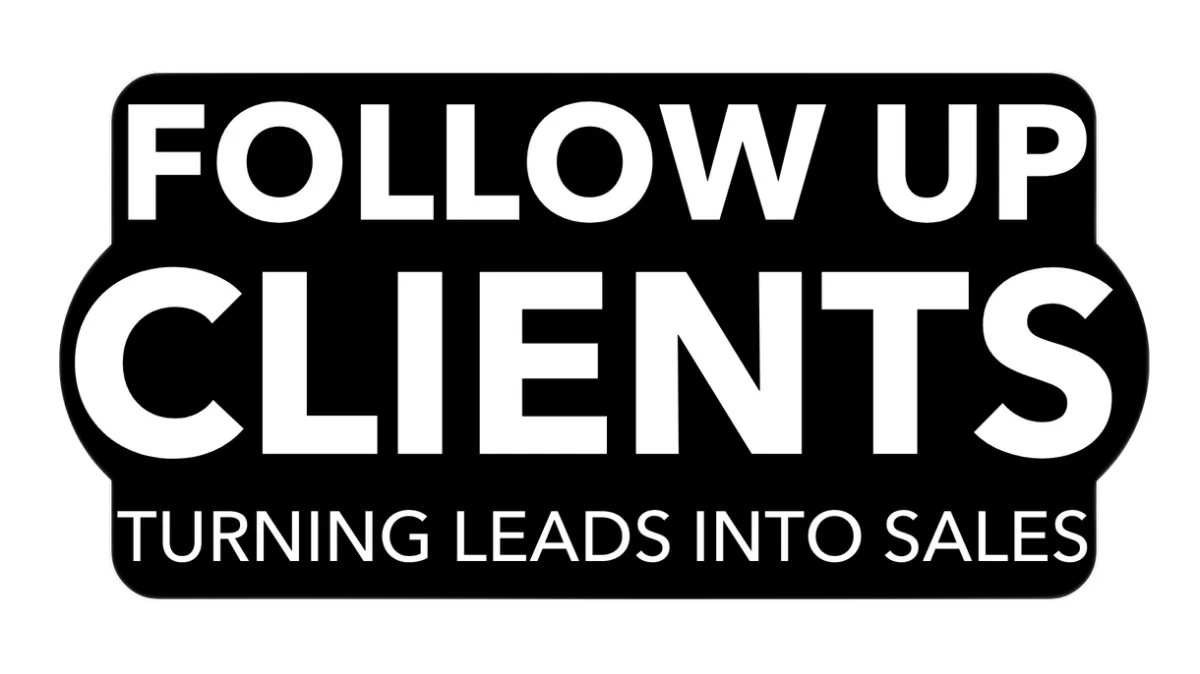Blog

Content Marketing: The Secret to Building Brand Authority
Content marketing is a powerful way to establish your brand as a thought leader. By delivering value through high-quality content, you can build trust, increase visibility, and drive meaningful engagement.

Start with a Content Plan
Outline your goals, target audience, and the types of content you’ll produce to create a solid content marketing strategy. Defining clear objectives helps keep your efforts focused and purpose-driven. Identify your target audience’s needs and preferences to craft content that resonates. Plan a mix of formats like blogs, videos, and infographics for diverse engagement. A well-structured plan ensures consistency in messaging and brand voice across platforms. With clarity and alignment, your content strategy will deliver measurable results.
Create Value-Driven Content
Focus on creating content that solves problems and answers the questions your audience cares about. Providing valuable insights and solutions builds trust and establishes your brand as an authority in your field. Address common pain points and offer actionable advice to demonstrate your expertise. The more helpful your content is, the more likely your audience will engage and return for more. Make your content easy to understand and relatable to foster stronger connections. Helping your audience succeed strengthens their loyalty to your brand.
Diversify Content Formats
Diversify your content by mixing blogs, videos, podcasts, and infographics to engage a wider audience. Different formats appeal to various preferences, ensuring your message reaches more people effectively. Blogs are great for in-depth information, while videos capture attention with visual storytelling. Podcasts offer convenience for on-the-go listeners, and infographics simplify complex ideas into easy-to-digest visuals. Use each format strategically across platforms where your audience is most active. A varied content approach keeps your strategy fresh and maximizes your reach.

Optimize for SEO
Optimize your content for search engines by using relevant keywords strategically in titles, headings, and body text. Craft compelling meta descriptions to improve click-through rates and provide a clear summary of your content. Incorporate internal links to guide readers to related articles on your website, enhancing user experience and boosting SEO. Ensure your content is structured well, with clear headings and subheadings for better readability. Regularly update keywords to stay aligned with current search trends. By prioritizing SEO, you make your content more discoverable and accessible to your audience.
Repurpose and Promote
Maximize your content’s reach by repurposing it across multiple channels. Transform blogs into videos, infographics, or social media posts to appeal to different audiences. Share your content through email newsletters to engage subscribers directly and keep them informed. Use paid ads to target new audiences and amplify visibility. Promote consistently on social media to increase engagement and attract followers. Repurposing and cross-promotion ensure your content works harder and reaches its full potential.
Getting Leads (Lead Generation)
Turn strangers into prospects by strategically attracting attention and capturing contact information.
Identify Your Target Audience
• Understand their needs, pain points, and behaviors.
• Know where they spend time online (social platforms, websites, forums, etc.).
Create Compelling Content
• Develop high-value content like blog posts, ebooks, videos, and guides.
• Focus on solving problems and answering questions your audience has.
Use Various Marketing Channels
• Leverage social media, email campaigns, paid ads, and content syndication.
• Go where your audience already is.
Offer Valuable Incentives
• Provide free resources like checklists, trials, or downloadable content in exchange for contact details.
Track Your Efforts
• Monitor key metrics: website traffic, email open/click rates, social media engagement.
• Use analytics to optimize your strategy.
Nurturing Leads
Build trust and relationships with your leads through consistent and relevant engagement.
Segment Your Leads
• Organize leads by interests, behaviors, or position in the sales funnel.
Personalize Your Communication
• Send tailored messages based on their needs and actions.
Provide Valuable Content
• Keep them engaged with relevant info, educational material, and updates that address their pain points.
Use Multiple Communication Channels
• Reach out through email, social media, phone, and SMS for more touchpoints.
Track Your Progress
• Measure engagement, follow-ups, and conversions to understand what’s working.
Following Up
Stay top of mind and guide your leads toward becoming loyal customers.
Respond Promptly
• Fast replies help maintain engagement and build trust.
Set Up a Follow-Up Schedule
• Create an automated or manual system to ensure consistent follow-up.
Use Multiple Communication Channels
• Follow up via email, social media, phone calls, or text, depending on the lead’s preference.
Personalize Your Follow-Up Messages
• Reference previous interactions to make your messages more relevant.
Qualify Your Leads
• Focus on leads most likely to convert using lead scoring and behavioral tracking.
Track Your Follow-Up Efforts
• Monitor effectiveness, adjust timing and frequency as needed for better results.
Quick Links
Home
Help Center
Book a Demo
Connect
© {{location.name}} {{right_now.year}}
All Rights Reserved
